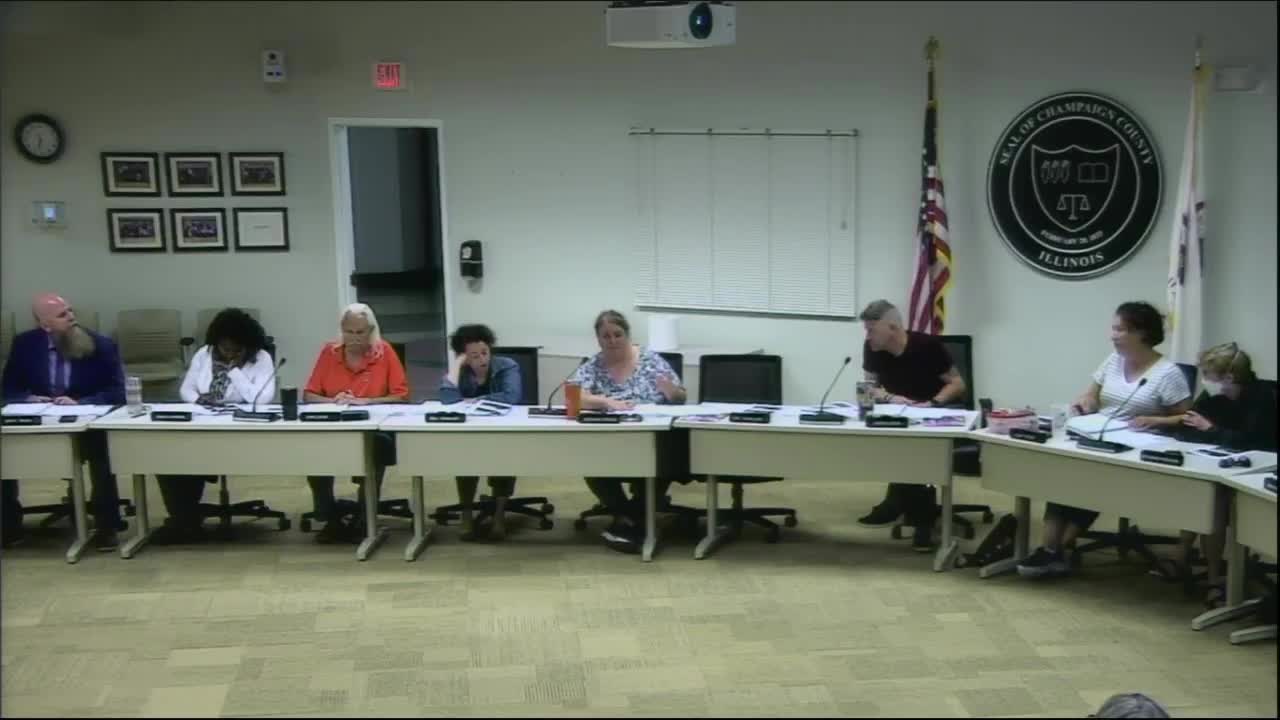State funding breakthrough empowers struggling townships to build bridges
August 23, 2024 | Champaign County, Illinois
This article was created by AI summarizing key points discussed. AI makes mistakes, so for full details and context, please refer to the video of the full meeting. Please report any errors so we can fix them. Report an error »

During a recent government meeting, officials discussed the complexities surrounding funding for township bridge projects, highlighting the financial challenges faced by less populated areas. A key point raised was the misconception regarding the county's general fund balance, which includes opioid settlement funds. Officials emphasized the importance of public understanding that while the county may appear to have a surplus, these funds are earmarked for specific uses.
The conversation shifted to the township bridge fund, where it was noted that some townships struggle to raise matching funds for bridge projects due to limited tax bases. For instance, townships with low populations, such as Kerr and Harwood, often generate minimal revenue—sometimes as little as $10,000 to $15,000 annually—due to a lack of taxable properties. This financial strain is compounded by the fact that some townships receive only $60 to $75,000 per year from motor fuel tax to maintain extensive roadways.
Officials pointed out that the recent legislative change allowing 100% funding from the township bridge program (TBP) for township projects is a significant advantage. This policy enables these townships to undertake necessary infrastructure projects that would have otherwise taken decades to fund. The meeting underscored the critical need for continued support and understanding of the financial mechanisms at play in rural township governance.
The conversation shifted to the township bridge fund, where it was noted that some townships struggle to raise matching funds for bridge projects due to limited tax bases. For instance, townships with low populations, such as Kerr and Harwood, often generate minimal revenue—sometimes as little as $10,000 to $15,000 annually—due to a lack of taxable properties. This financial strain is compounded by the fact that some townships receive only $60 to $75,000 per year from motor fuel tax to maintain extensive roadways.
Officials pointed out that the recent legislative change allowing 100% funding from the township bridge program (TBP) for township projects is a significant advantage. This policy enables these townships to undertake necessary infrastructure projects that would have otherwise taken decades to fund. The meeting underscored the critical need for continued support and understanding of the financial mechanisms at play in rural township governance.
View full meeting
This article is based on a recent meeting—watch the full video and explore the complete transcript for deeper insights into the discussion.
View full meeting
